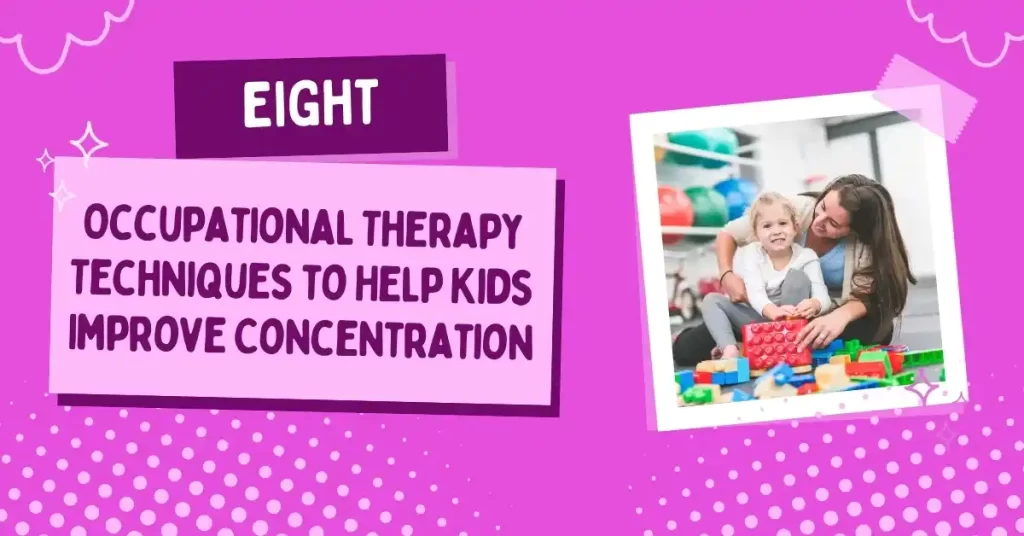8 Occupational Therapy Techniques to Help Kids Improve Concentration
Concentration, one of the highly important skills a child should acquire, particularly in regards to learning and performing his or her daily activities. However, like other skills, it is susceptible to developmental difficulties and hence misplaced in some children. Occupational Therapy Techniques can really work wonders for kids who do not concentrate easily.
The approach is to hone a child’s ability to concentrate through working on the three sensory, cognitive, and motor profiles of the child. In this blog, we will be covering eight effective intervention methods that occupational therapy can offer for children to improve their concentration for success at school and in daily activities.
What is Pediatric Occupational Therapy?
Pediatric occupational therapy helps assist children, develop their skill, and become independent in performing daily chores. It is tailored to different challenges in the domains of motor, sensory, and cognitive development and therefore applies customized occupational therapy techniques to support children’s growth. These therapists deal with kids who sometimes suffer from developmental delays, physical disabilities, or other cases like autism.
Pediatric occupational therapy helps children to manage their sensory input through different interventions such as sensory integration therapy techniques. That will enable the children to focus on the surroundings more and allows them to take part in activities that they could not do before.
The occupational therapy techniques for autism are used for children with autism so that there is improvement in their social, behavioral, and communication skills. Pediatric occupational therapy empowers children to overcome difficulties in order to make children independent.
How Occupational Therapy Helps Improve Attention Span
Occupational therapy can help the child in attention improvement. Of all the occupational therapy techniques, their therapists address issues that prevent the child from focusing and concentrating. Here is how:
- The Sensory Integration Therapy Techniques – These techniques help children regulate sensory input, thus developing their focused ability at work.
- Adaptive Strategies Occupational Therapy: Therapists introduce individualized tools and strategies, such as a visual schedule or fidget tools, that aid the child in staying focused.
- Motor and cognitive activities: Hand-eye coordination exercises and problem-solving activities enhance the ability to focus.
- Structured routines: Occupational therapists help children follow routine patterns, keeping them interested in playing for longer periods.
These focused occupational therapy techniques for autism and other developmental conditions help children overcome the problems of focus and make everyday tasks easier to complete.
8 Occupational Therapy Techniques to Help Kids Improve Concentration
Occupational therapists use a variety of occupational therapy techniques to help children develop focus and attention. These activities not only improve concentration but also address cognitive and motor skills. Here are eight effective methods to consider:
1. Coin Game
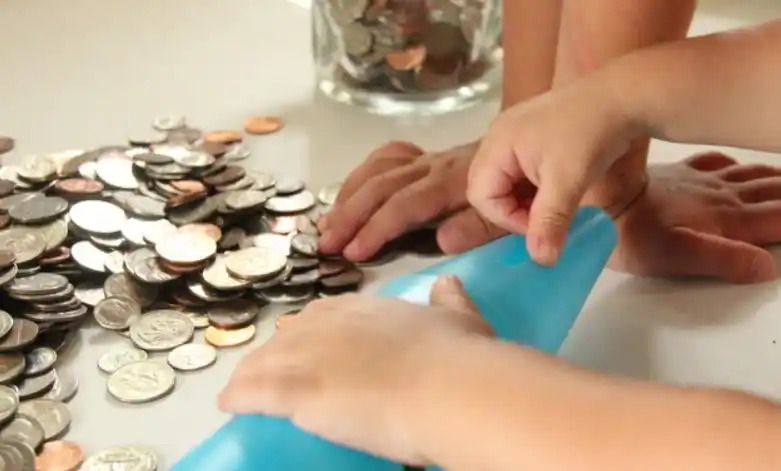
Coin Game is one of the occupational therapy games that will help in building up of the fine motor skills and also improves memory. Coins are arranged in an order, and the child is requested to say the sequence.
It helps hand-eye coordination, hand strength, and memory recall, and the child’s ability to concentrate on the better manner. Appropriate backward chaining occupational therapy would have the therapist finish for the child the last step and gradually increase difficulty as the child improves.
2. Relaxation and Positive Imagery
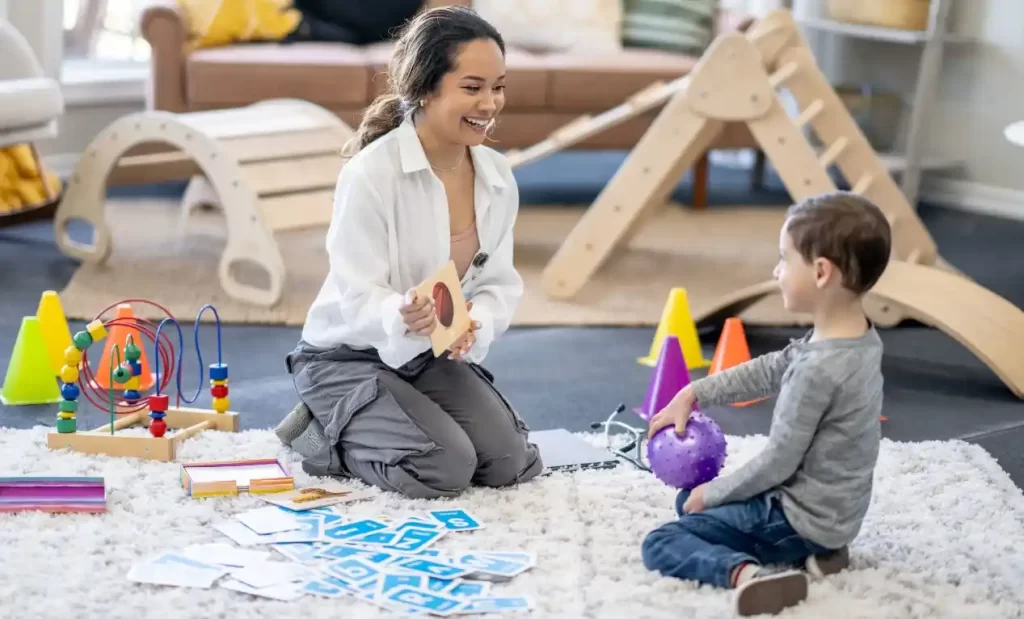
Relaxation skills allow students to reduce their stress and increase their attention. In breathing techniques occupational therapy, children learn to manage their emotions and relax. Positive imagery combined with respiratory occupational therapy breathing exercises helps children relax and focuses on the activity being performed.
For younger children including toddlers, allowing their imagination to drift into locations they find soothing or desirable activities may assist children in completing day-to-day life activities by lowering their stress levels and focusing.
3. Mind-Body Integration
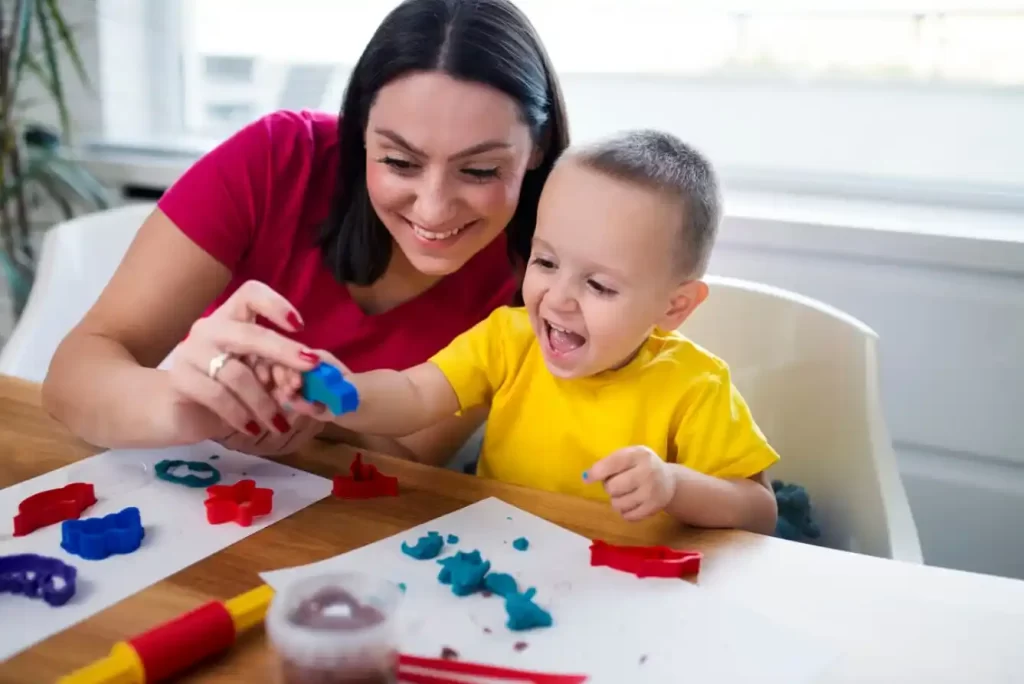
Mind-body integration techniques involve activities in which physical movements are integrated with mental tasks. Animal walks, such as bear crawl and frog hop, are interactive occupational therapy activities that aid in developing coordination and concentration.
Crossword puzzles and picture puzzles can be used to support occupational therapy for sensory integration, which facilitates better processing of sensory input by children.
4. Crossword Puzzles and Picture Puzzles
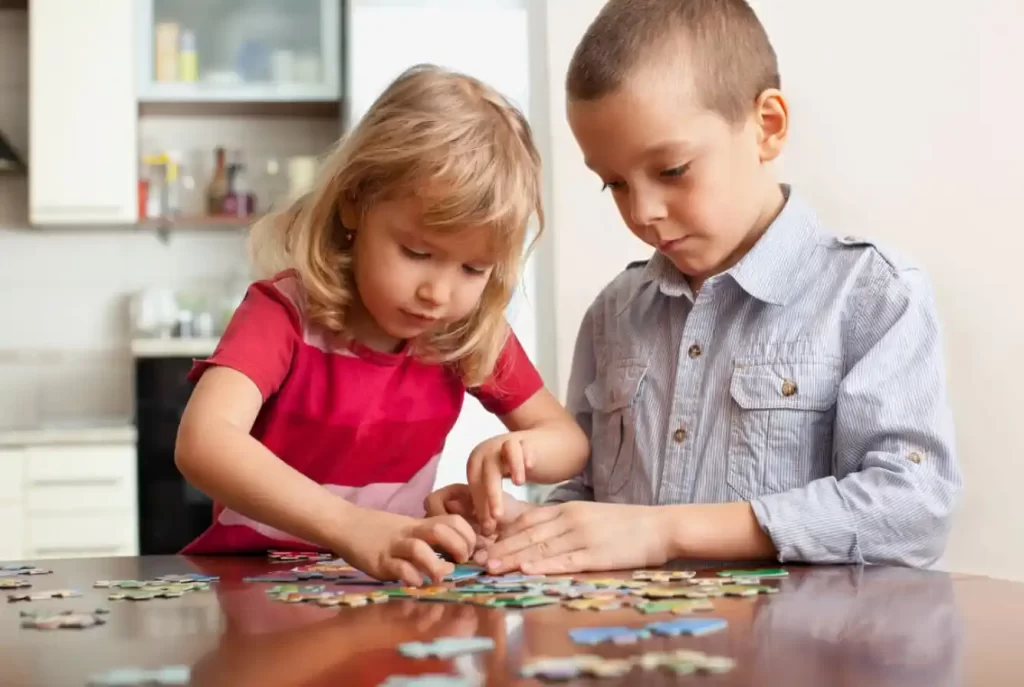
Puzzles are great to enhance attention to detail and cognitive function. Occupational therapy games such as crosswords or picture puzzles improve attention and concentration, problem-solving skills, and fine motor skills.
These can be easily added to one’s daily routine and will become a fun way to improve your child’s focus.
5. Memory and Concentration Games
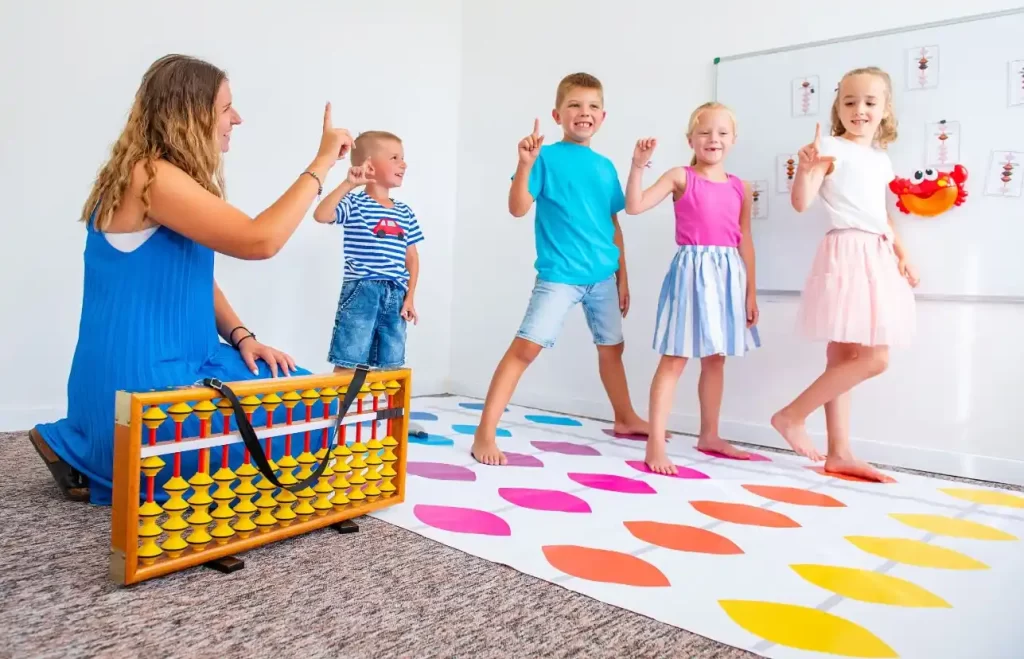
Memory games such as the memory card pair or number sequence are excellent for improving memory and attention. These games stimulate the brain, and ability to concentrate are developed by requiring children to carry out sustained attention tasks.
Occupational therapists often recommend these games for the improvement of attention and concentration.
6. Dancing Sequence Games
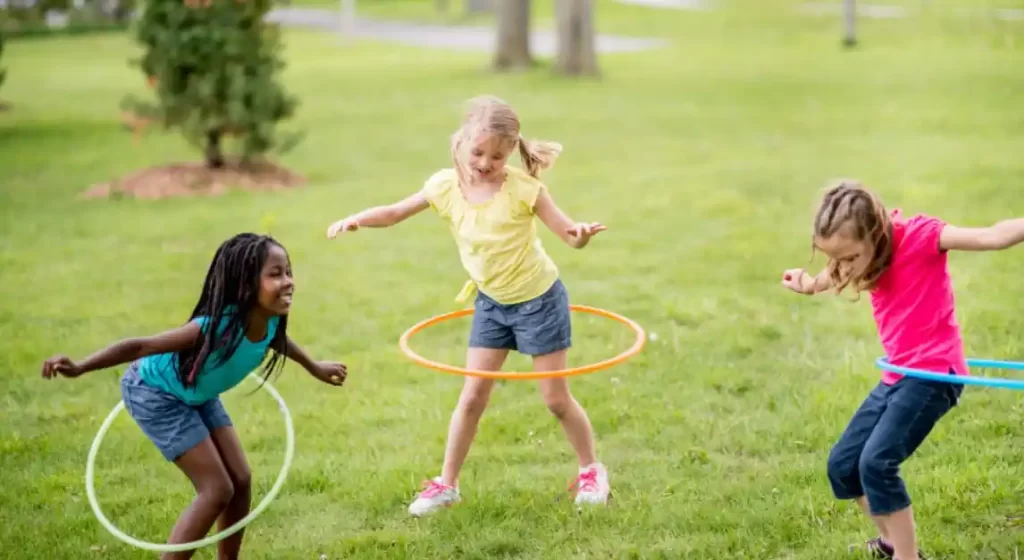
Dancing sequence games are a great fun and action-packed way of conjoining movement with cognitive activities. This game, by asking kids to follow dance steps in a certain sequence, exercises motor coordination as well as cognitive skills.
And, by changing the steps according to the child’s age or their ability, adaptive techniques occupational therapy can easily be included.
7. Story-Based Games
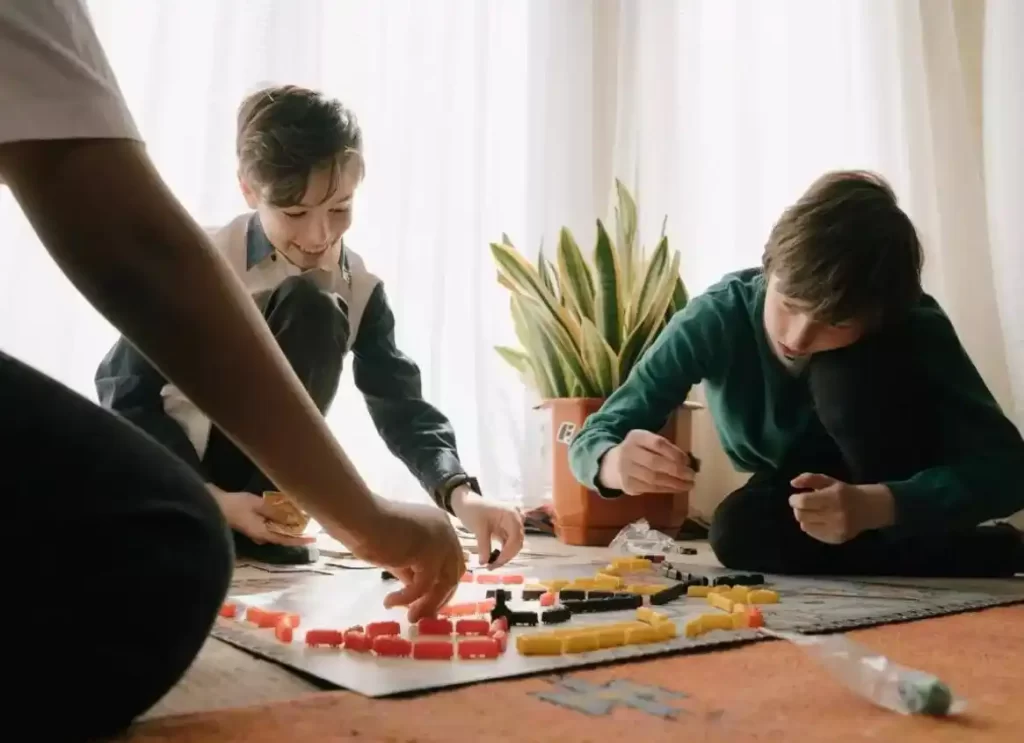
Story-based games are imaginative play activities that engage children in concentration-building activities. While challenging them to recall details from a story or create one, therapists help children focus and improves memory.
These games also encourage creative thinking, hence becoming versatile tools for occupational therapy techniques for autism.
8. Mazes
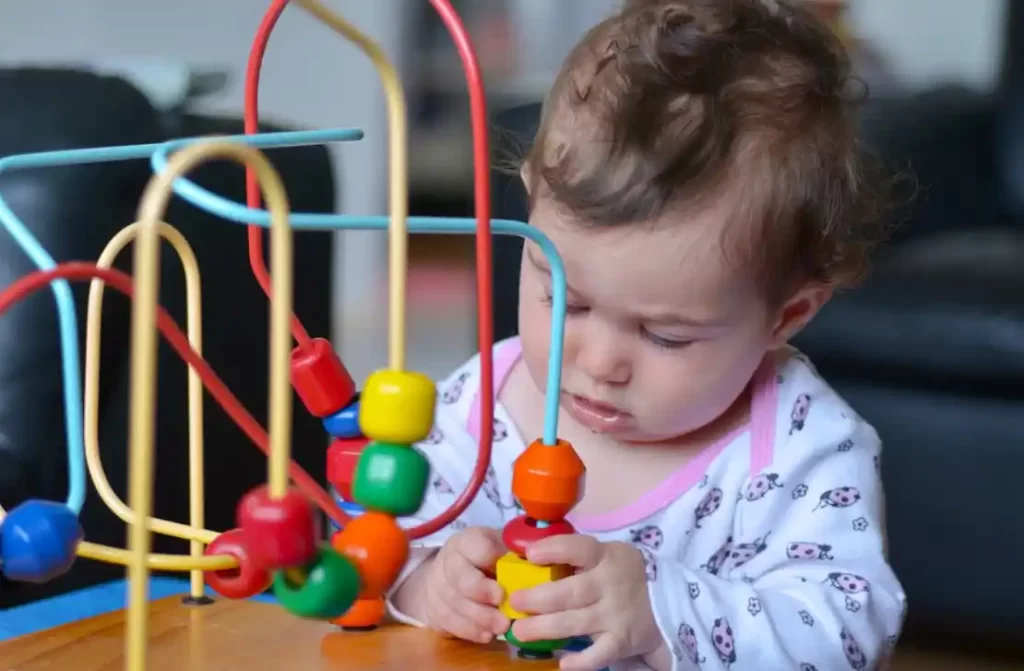
Mazes encourage problem-solving and concentration. This activity builds on the fine motor skills in children while improving the ability to concentrate; it does so by guiding a pencil through a maze.
Mazes are simple yet highly effective occupational therapy activities that can be customized for the age and skill level of any child, which makes them great for activities at home and in therapy settings.
These occupational therapy techniques are meant to enhance concentration and cognitive ability, making a real difference in children’s day to day life. Using such activities, a therapist can help a child improve concentration and pay attention, giving them the means to achieve their goals.
Strategies Occupational Therapists Use to Improve Attention
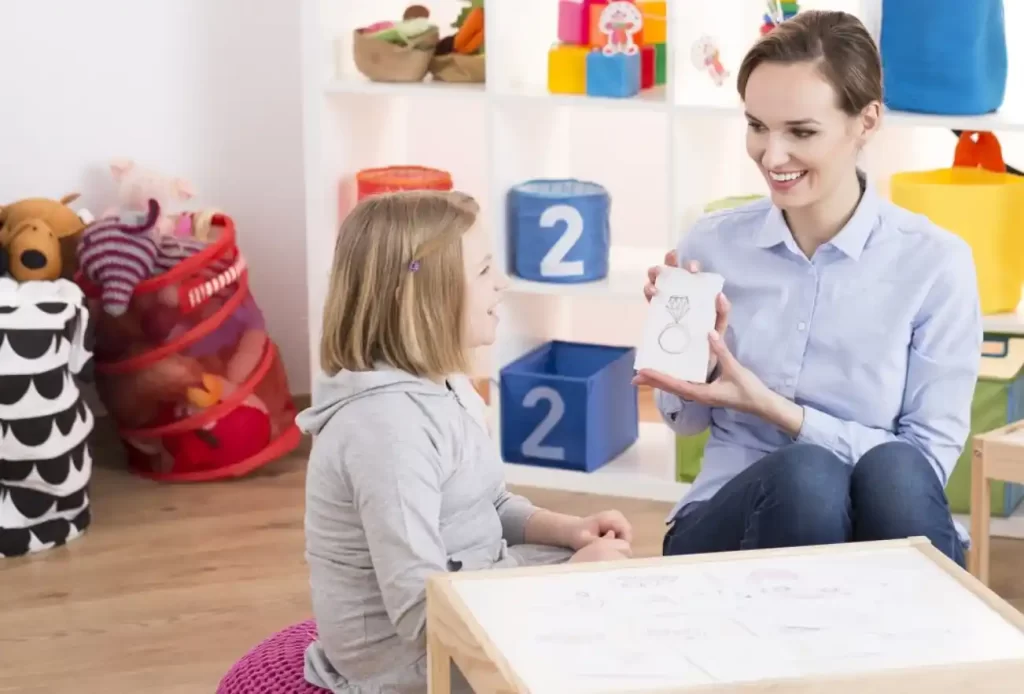
Occupational therapists apply multiple occupational therapy techniques, from which a child’s attention is improved and enhanced. These are learnt based on the child, but can lead to better concentration both during school and daily activities. Some of these strategies include:
- Adaptive techniques occupational therapy: Visual schedules, timers, or a fidget tool can be introduced to support attention during tasks.
- Occupational therapy activities: Games and activities are conducted by therapists, which challenge the hand-eye coordination and cognitive abilities; therefore, teaching children to focus and solve problems.
- Sensory-based approaches: Using sensory activities such as tactile play or balance exercises might help him regulate sensory input and pay more attention.
- Sometimes, certain occupational therapy instruments, such as weighted vests or sensory swings, are used on children for easier calming and concentration.
These specific occupational therapy treatment techniques helps to overcome children’s deficits regarding attention, as this enables them to perform well using practical activities.
Benefits of Pediatric Occupational Therapy for Improved Attention Span
For the child who cannot focus and pay attention, Pediatric Occupational Therapy will be helpful. Occupational therapy techniques will help a therapist address the sensory and the motor challenges related to attention. Among its benefits are:
- Improve Sensory Regulation: Utilizing such occupational therapy instruments like a therapy ball or weighted blanket keeps the child calm and in track.
- Improved Motor Skill: Coordination games, such as catching or balancing, improve concentration and other developments.
- Improved Cognitive Functions: Occupational therapy activities enhance problem-solving and memory, therefore leaving in the more focused mind.
In addition, the amalgamation of physical therapy and occupational therapy would further improve attention spans by considering basic physical problems, making it a holistic kind of concentration development.
Tips for Parents to Support Their Children’s Focus at Home
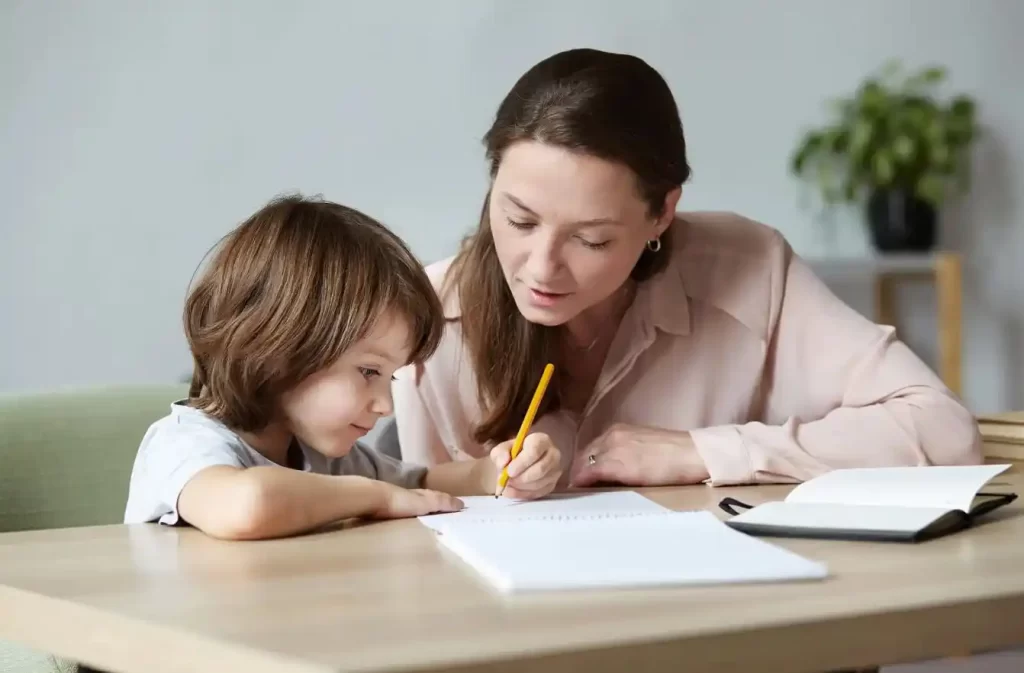
Parents have a great role in re-entrenching benefits of occupational therapy training at home. Here are a few tips to help your child focus:
- An ideal environment for homework and other activities is without distractions.
- Utilize adaptive techniques occupational therapy, such as visual timers or reward systems, to motivate children.
- Incorporate sensory breaks by using occupational therapy activities, such as jumping on a trampoline or squeezing a stress ball, to help kids refocus.
- Establishing a daily routine in occupational therapy areas is essential to provide structure, thereby facilitating smoother transitions for children between tasks.
Using these techniques, parents support the learned skills by occupational therapy treatment techniques and help their children to improve attention even at home.
Improving children’s concentration might prove to be a process, but with the right type of occupational therapy techniques that support kids, they can improve on the focus they need to succeed. Sensory integration as well as cognitively-based exercise serves an important role in urging more important concentration and all-around success among struggling children.
Occupational therapy professionals are able to tailor individualized occupational therapy play therapy strategies for each child’s unique circumstances by means of these specialized intervention methods occupational therapy style = “color:purple;” rel = “nofollow” .
FAQs
Yes, options like pencil grips, writing slates, tracing stencils, and textured surfaces can aid handwriting development.
Drawing milestones is necessary but not compulsory. So with consistent practice, about 15-20 minutes daily, can lead to noticeable improvement in handwriting over time for your child.
Signs include difficulty holding objects, challenges with buttoning or zipping clothes, and struggles with using utensils or writing tools.
Encourage motor skill development activities like stringing beads, playing with clay or Play-Doh, using tweezers to pick up small objects, and completing puzzles.
- For preschoolers: Finger painting letters, tracing letters in sand or shaving cream.
- For elementary schoolers: Writing letters with sidewalk chalk, forming letters with playdough.
- For older kids: Typing practice games, creating letter art with magazines or newspapers.

